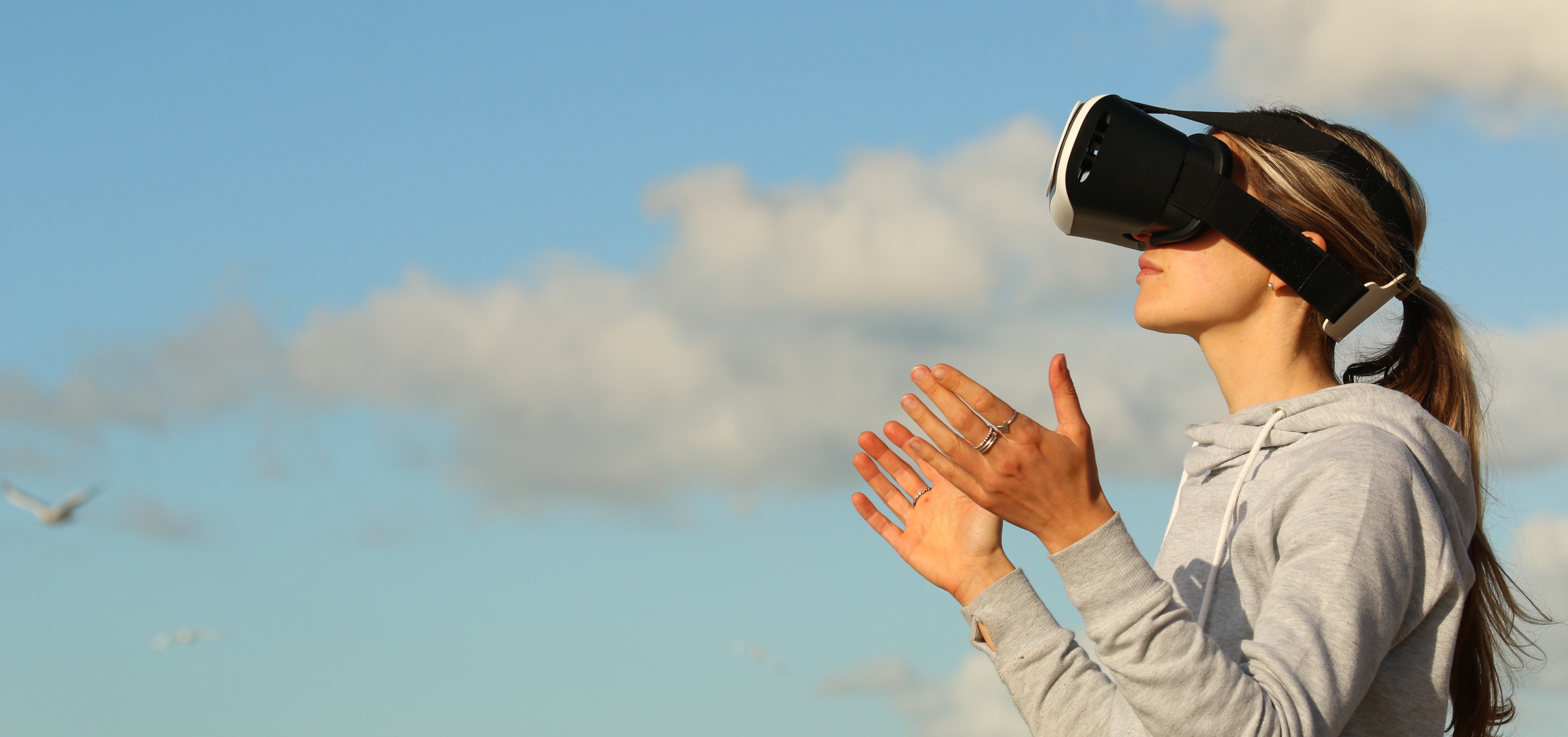Virtual Reality

Everything that we know about our reality comes by way of our senses. In other words, our entire experience of reality is simply a combination of sensory information and our brains sense-making mechanisms for that information. It stands to reason then, that if you can present your senses with made-up information, your perception of reality would also change in response to it. You would be presented with a version of reality that isn’t really there, but from your perspective it would be perceived as real. Something we would refer to as a virtual reality.
Why do we need virtual reality?
Whenever we find something expensive or impractical to do in reality, virtual reality is the answer. Virtual reality allows us to take virtual risks in order to gain real world experience. As the cost of virtual reality goes down and it becomes more mainstream you can expect more serious uses, such as education or productivity applications, to come to the fore.
How is virtual reality achieved?
Although we talk about a few historical early forms of virtual reality elsewhere on the site, today virtual reality is usually implemented using computer technology. There are a range of systems that are used for this purpose, such as headsets, omni-directional treadmills and special gloves. These are used to actually stimulate our senses together in order to create the illusion of reality.
This is more difficult than it sounds, since our senses and brains are evolved to provide us with a finely synchronised and mediated experience. If anything is even a little off we can usually tell. This is where you’ll hear terms such as realism enter the conversation. These issues that divide convincing or enjoyable virtual reality experiences from unpleasant ones are partly technical and partly conceptual. Virtual reality technology needs to take our physiology into account.
If an implementation of virtual reality manages to get the combination of hardware, software and sensory synchronicity just right it achieves something known as a sense of presence Where the subject really feels like they are present in that environment.



